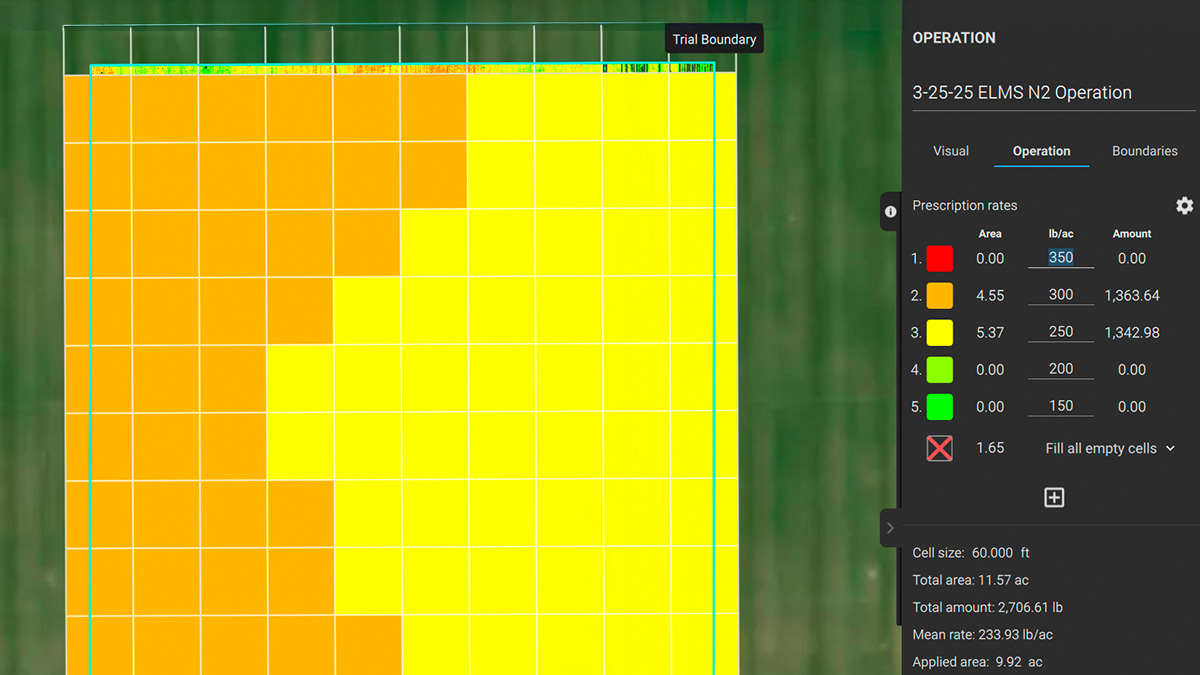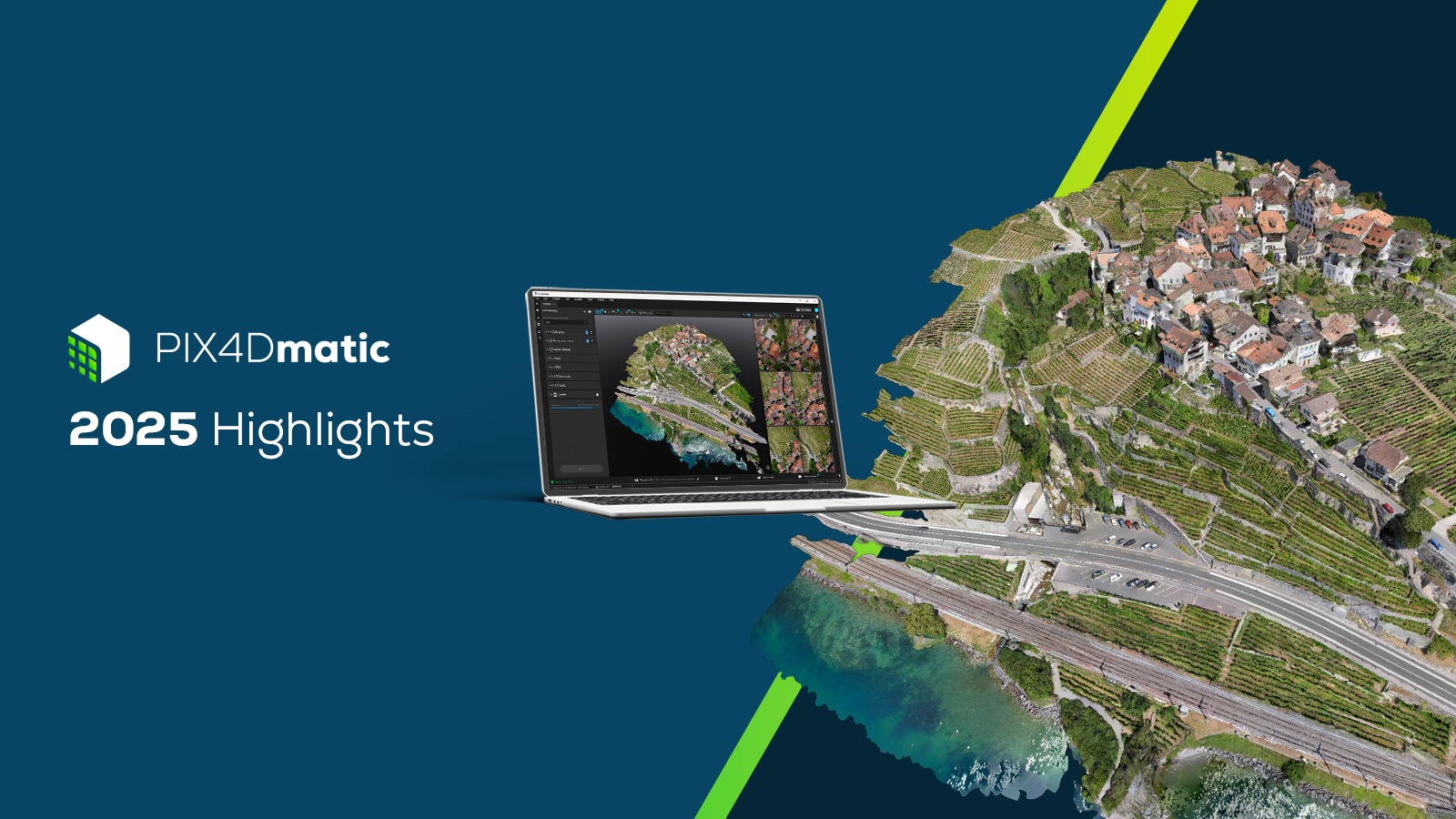Secure mapping starts with secure software
From infrastructure and urban planning to emergency response and environmental monitoring, photogrammetry is becoming an essential technique for collecting accurate data that informs critical decisions and guides how resources are allocated. As reliance on geospatial data increases, so does the importance of choosing software that is secure and built for long-term trust.
In today's environment, procurement decisions go beyond performance and price. They now include deeper questions around software origin, data hosting, compliance, and the long-term risk associated with tools that may not align with European regulations.
Why software origin matters in today’s mapping industry
Recent updates to European trade regulations, including the 16th EU sanctions package, have introduced tighter controls on certain categories of technology. This includes software used in drone-based mapping and imaging, which may now require additional consideration during procurement due to its classification under updated export rules.
Import restrictions introduced under evolving regional laws are legally binding and may apply to certain categories of foreign-developed software. Continued use of software that falls under such controls can compromise compliance and expose organizations to regulatory scrutiny.
Photogrammetry software falls under this scope, and as a result, many institutions are reassessing their software portfolios to ensure they meet current and future compliance standards. While some tools on the market continue to perform well technically, questions have arisen around their origins and data handling. Recent discussions in institutional and procurement circles have highlighted potential concerns about long-term reliability and geopolitical exposure.
Trade rules tighten across Europe
As the geopolitical landscape continues to shift, trade regulations may continue to tighten. This could affect how software is purchased and used across the continent, making it crucial for organizations to stay informed and act proactively. Institutions should consider these evolving regulations and security concerns as part of their risk assessments and software purchasing strategies.
The hidden costs of sticking with unsustainable software
Continuing to use software with uncertain compliance status or complex affiliations can introduce hidden costs: from reputational risk and legal ambiguity to difficulties in public procurement or cross-border collaboration. For organizations operating under strict governance, such as in infrastructure, public safety, or regulated industries, these risks can outweigh short-term convenience.

Compliance matters: what sets reliable software apart
When evaluating photogrammetry tools today, decision-makers are looking at:
Data hosting location: where are your projects processed and stored? For example, in the EU, your PIX4Dcloud data is hosted on servers in Germany, supporting European data sovereignty and helping avoid regulatory issues related to cross-border data transfers and software origin. Software origin: locally developed tools reduce the risk of sudden regulatory changes and are easier to vet under procurement frameworks. Regulatory compliance: tools that are aligned with EU export controls help streamline purchasing, especially in public-sector or dual-use contexts. Support and transparency: is the vendor clear about who develops the software, where the data goes, and what laws it adheres to?
Developed in Switzerland, trusted worldwide
At Pix4D, our products are developed in Switzerland. We work with governments, infrastructure leaders, and engineering firms who prioritize secure and dependable photogrammetry solutions.
Regulatory compliance begins with choosing trusted, transparent tools. Whether digitizing a city, analyzing utilities underground, or supporting public safety, it's important to use software designed to meet stringent security and compliance standards. This approach ensures legal alignment, supports operational integrity, and fosters long-term trust.



